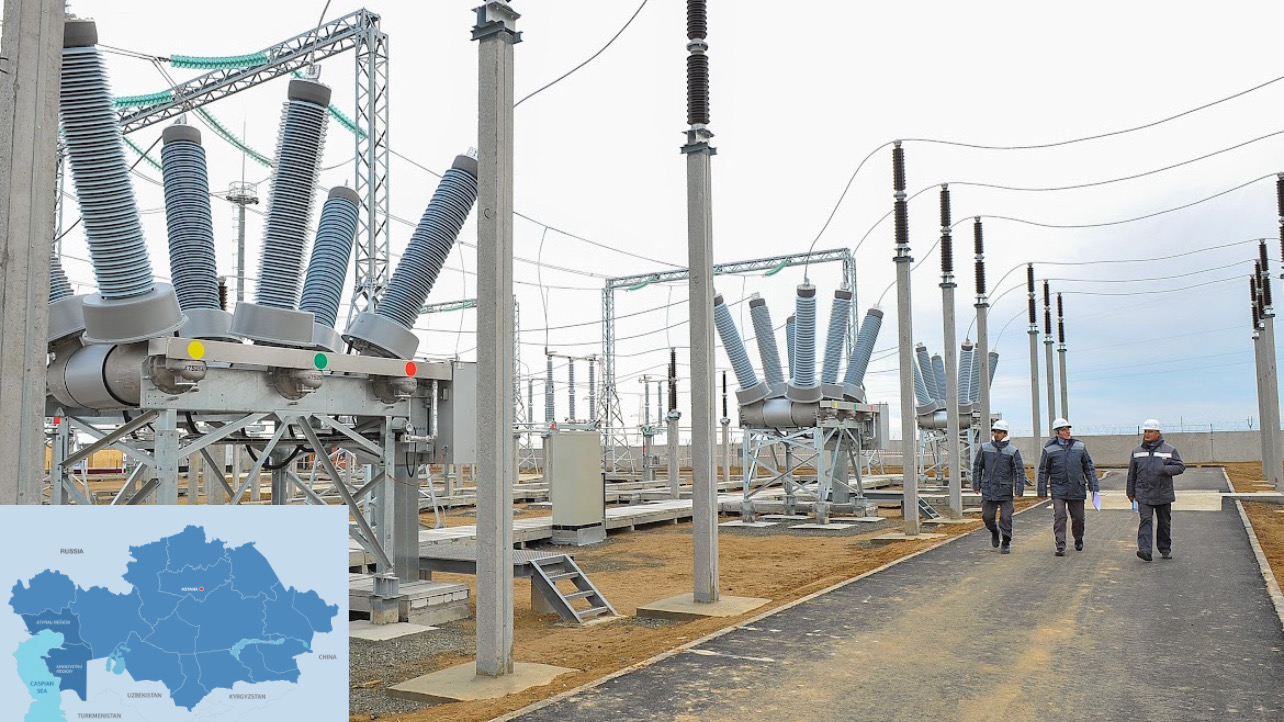ASTANA – The Kazakhstan Electricity Grid Operating Company (KEGOC) built five 220-kilovolt power transmission lines with a total length of approximately 780 kilometers along the West Kazakhstan Power Hub – Atyrau – Mangystau route to increase the network capacity and enhance the reliability of power supply to consumers in western Kazakhstan, the Prime Minister’s press service reported on Nov. 29.
The project included the installation of over 4,200 electric poles, the expansion of Uralskaya, Pravoberezhnaya, Inder, Kulsary, and Tengiz substations, and the introducing of a new distribution substation, Karabatan.
The electric network’s capacity was significantly increased from 100 to 200 megawatts on the West Kazakhstan Power Hub – Atyrau section and from 50 to 200 megawatts on the Atyrau – Mangystau section.
Kazakh Prime Minister Alikhan Smailov, who participated in the official launching ceremony via teleconference, emphasized that this achievement will allow to double the capacity of electric networks and substantially reduce cases of consumer disconnection in western Kazakhstan, particularly during emergencies at the Mangystau Atomic Energy Complex (MAEC).
A 130-megawatt power unit of the MAEC switched off on July 3, causing a blackout in the Mangystau and Atyrau regions. The KEGOC’s staff resumed regular operation in the shortest possible time.
The reinforcement of the Western power grid laid the foundation for its future integration into Kazakhstan’s unified power system. KEGOC Chairman Nabi Aitzhanov highlighted that the modern power grid equipment used during construction is characterized by high performance.
As stated by Aitzhanov, over 68% of metal and reinforced concrete supports, wires, insulators, and transformers used in the construction work were sourced domestically.



